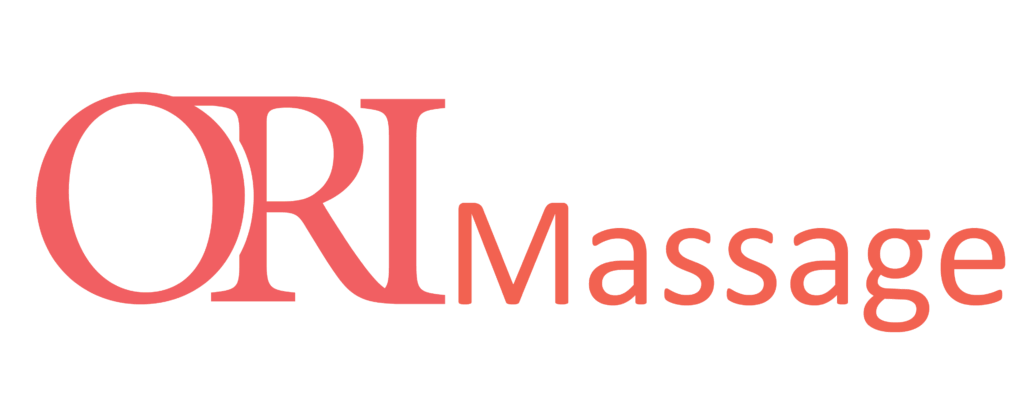If you’re wondering how to become a professional massage therapist, you’re not alone. This career path offers an incredible opportunity to help others while also providing a flexible work schedule and the ability to earn a decent income. As the demand for wellness services grows, many are exploring the benefits of becoming a licensed massage therapist.
In this guide, we’ll walk you through everything you need to know about becoming a successful massage therapist, from education to licensure and beyond.
Understanding the Role of a Massage Therapist

Before diving into the steps to becoming a professional massage therapist, it’s essential to understand what the job entails.
What Does a Massage Therapist Do?

Massage therapists use various techniques to manipulate the muscles and soft tissues of the body to promote relaxation and healing.
Techniques Used by Massage Therapists
Some common techniques include:
- Swedish Massage: A gentle form that promotes relaxation and circulation.
- Deep Tissue Massage: Focuses on deeper layers of muscle tissue to relieve chronic pain.
- Sports Massage: Tailored for athletes to prevent injuries and enhance performance. Each technique serves different purposes and requires specific training and skill to master.
Work Environments
Massage therapists can work in various settings, including:
- Spas: Offering relaxation-focused treatments.
- Clinics: Often working alongside other healthcare professionals.
- Hotels: Providing luxury experiences for travelers.
The environment you choose will influence your day-to-day tasks and interactions with clients.
Client Interactions
Understanding client needs is crucial. A professional massage therapist must effectively communicate with clients to provide tailored treatments that meet their individual requirements.
Read more: Masseuse vs. Massage Therapist: What’s the Difference?
Importance of Licensure and Certification
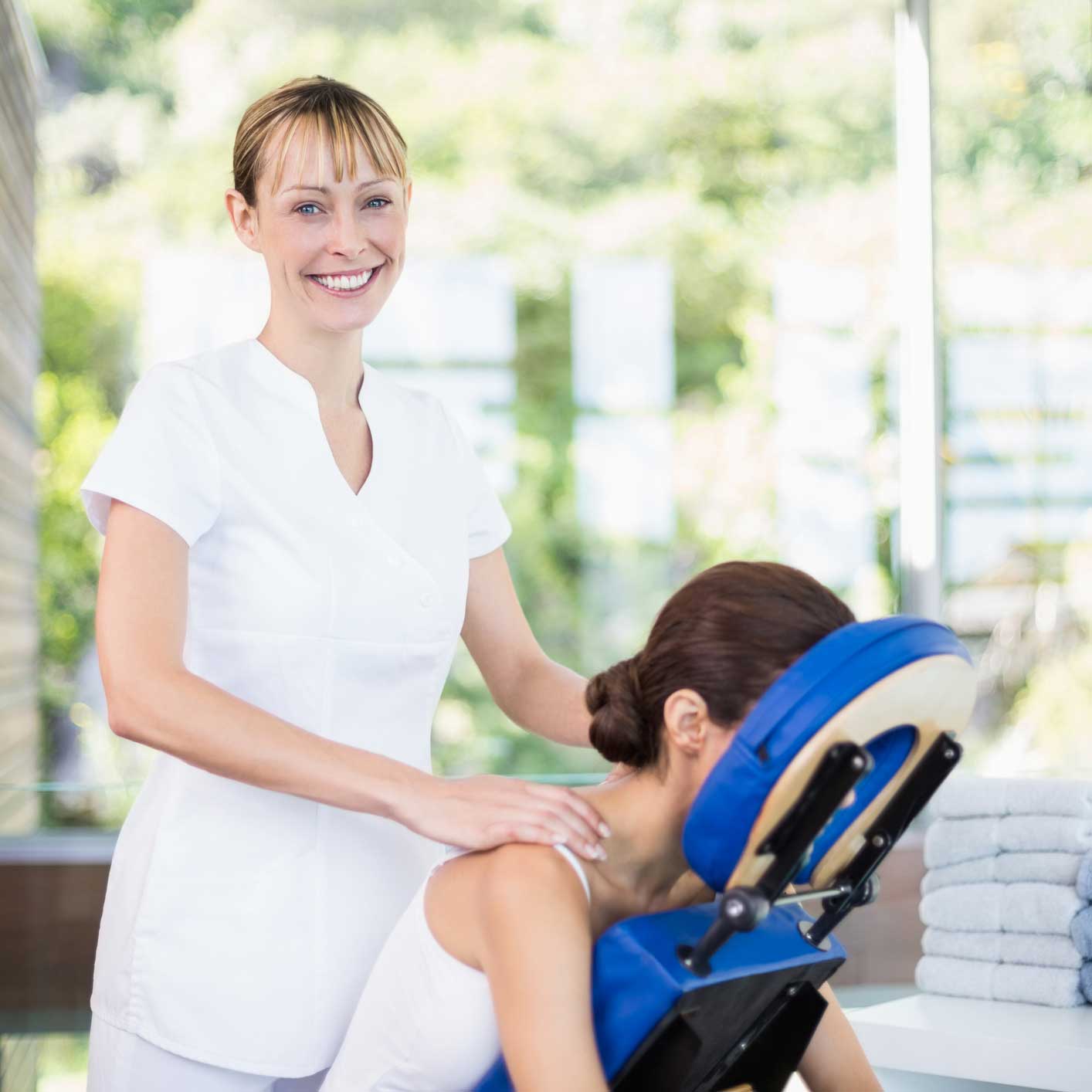
In most places, massage therapists are required to be licensed and certified to practice legally.
The Licensing Process
Typically, obtaining a license involves:
- Completing an accredited massage therapy program.
- Passing a national or state exam.
- Meeting continuing education requirements.
Licensing ensures that massage therapists adhere to a set standard of care and professionalism.
Choosing Accredited Programs
When researching schools, ensure they are accredited by recognized organizations, such as the Commission on Accreditation for Massage Therapy Education (CAMTE). Accreditation guarantees that the program meets high educational standards.
Steps to Becoming a Licensed Massage Therapist

Once you have a firm understanding of what massage therapy entails, it’s time to explore the steps to enter this profession.
Step 1: Research Educational Requirements
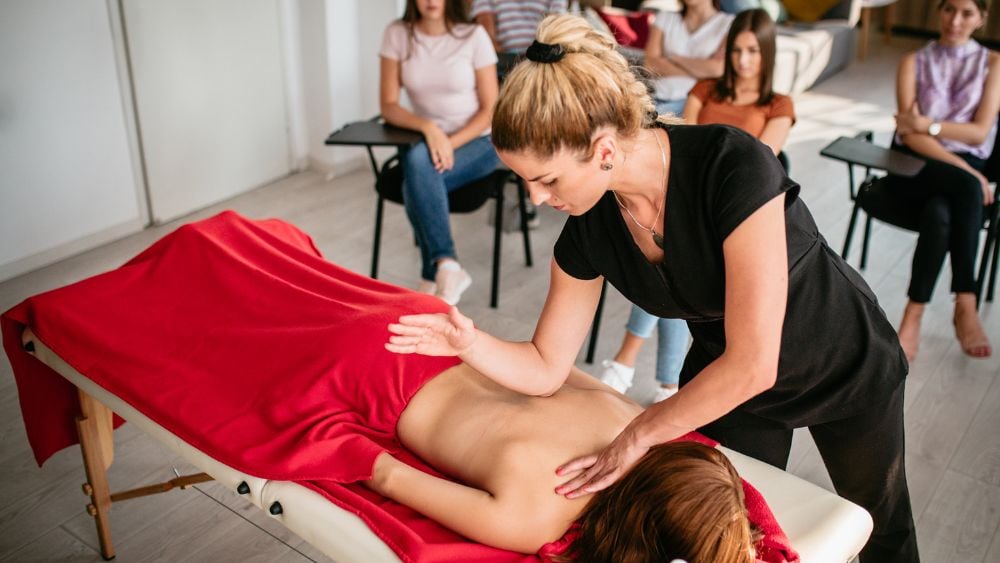
Before enrolling in any program, it’s vital to understand the educational prerequisites for becoming a professional massage therapist.
Types of Educational Programs Available
Most states require completion of a massage therapy program, which can vary in duration and format:
- Certificate programs: Typically take around 6 months.
- Diploma programs: Usually last about one year.
- Associate degrees: Offer a more comprehensive education over two years.
Choosing the right program depends on your career goals, available time, and budget.
Core Subjects Studied
These programs generally cover:
- Anatomy and Physiology: Understanding the human body is crucial for effective treatments.
- Massage Techniques: Hands-on training in various modalities.
- Ethics and Business Practices: Essential for operating a successful practice. A well-rounded education prepares students for both technical skills and business acumen.
Step 2: Complete Your Training

Hands-on experience is invaluable when it comes to mastering massage therapy techniques.
Practicum Experience
Many programs include practicum or internship components, allowing students to gain real-world experience under supervision.
- Building Confidence: Working with real clients helps build confidence and improve skills.
- Networking Opportunities: Internships can lead to potential job opportunities post-graduation. Real-life practice is one of the best ways to prepare for a full-time position.
Continuing Education
The learning doesn’t stop when you complete your initial training. Staying updated with the latest techniques and trends enhances your career.
- Workshops and Seminars: These often focus on specialized areas of massage.
- Online Courses: An accessible way to learn at your own pace. Investing in continuing education demonstrates commitment and can attract more clients.
Step 3: Obtain Licensure and Certification

Once your training is complete, it’s time to get licensed.
Understanding State Requirements
Each state has its specific licensing requirements. Research your state’s regulations, as they may involve:
- Taking a licensing exam.
- Completing a background check. Ensure you meet all criteria before applying for your license.
National Certification
Although not always required, obtaining national certification can enhance your credibility.
- Benefits of Certification: It often leads to greater job prospects and higher earning potential.
- Continuing Education Credits: Many certifying bodies require ongoing education, thereby keeping your skills sharp.
Certification provides added assurance to clients about your qualifications.
Step 4: Find Employment Opportunities

With your education and certification in hand, it’s time to look for job opportunities.
Job Search Strategies
Utilize various strategies when searching for employment:
- Networking: Connect with industry professionals and join local massage therapy associations.
- Job Boards: Websites focused on wellness careers can yield numerous opportunities.
- Social Media: Platforms like LinkedIn can be great for showcasing your qualifications and connecting with potential employers.
Don’t underestimate the power of word-of-mouth referrals from classmates, instructors, and professional contacts.
Creating a Strong Resume
Your resume should highlight your education, hands-on experience, and any certifications.
- Tailor Each Application: Customize your resume to fit the specific job you’re applying for.
- Include Key Skills: Emphasize your specialties and interpersonal skills, which are crucial in this field.
A compelling resume can open doors to job interviews.
Step 5: Consider Specializing

Once you’ve gained some experience, consider specializing in a particular type of massage therapy.
Benefits of Specialization
Specializing can set you apart from the competition and may allow you to charge higher rates.
- Niche Markets: Areas like prenatal massage, geriatric massage, or sports massage can attract specific clientele.
- Increased Expertise: Specialization allows you to dive deeper into specific techniques and client needs.
Clients often seek out specialists for targeted solutions to their problems.
Continuing Education for Specialization
Pursuing additional courses or certificates in your chosen specialty can increase your competency and marketability.
- Workshops: Short courses are often available for niche skills.
- Mentorship: Finding a mentor in your specialization can provide valuable guidance and insight.
Education never stops in this field, and each new skill you acquire can elevate your practice.
Building Your Massage Therapy Practice

Once you’ve secured employment or established your practice, the next step is to focus on building and nurturing your business.
Marketing Yourself Effectively
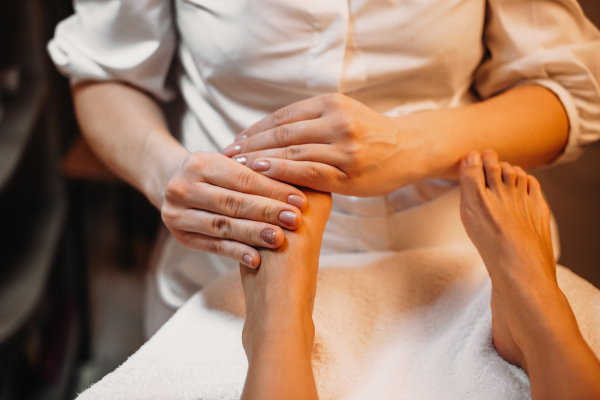
Developing a strong marketing strategy is crucial for attracting clients.
Create an Online Presence
In today’s digital age, having an online platform is essential.
- Website Creation: Develop a professional website that outlines your services, qualifications, and contact information.
- Social Media Marketing: Utilize platforms like Instagram and Facebook to showcase your work and connect with potential clients.
An engaging online presence can significantly boost your visibility.
Networking and Referrals
Word-of-mouth referrals can be extremely beneficial in the massage therapy field.
- Collaborate with Other Professionals: Build relationships with chiropractors, physical therapists, and wellness centers to receive cross-referrals.
- Attend Local Events: Participating in community events can expand your network and attract new clients.
Strong connections can lead to a steady stream of clients.
Establishing Client Relationships
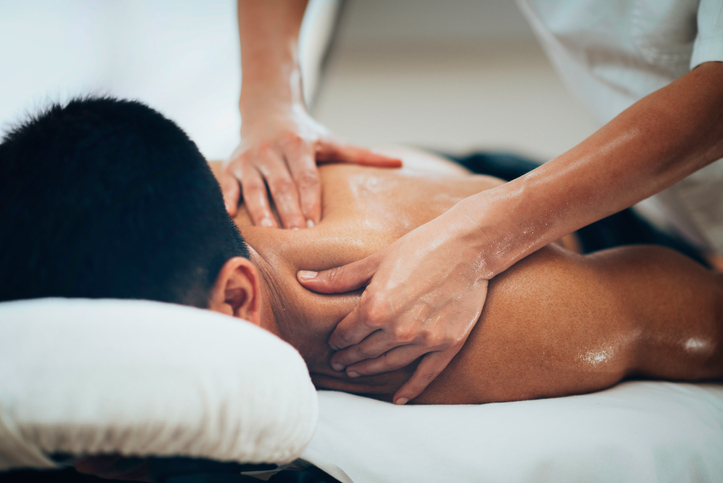
Building lasting relationships with clients can lead to loyalty and repeat business.
Communication is Key
Effective communication fosters trust and rapport between you and your clients.
- Client Consultations: Take time to understand their needs and preferences before beginning.
- Follow-Ups: Check in with clients after sessions to gather feedback and show you care.
A personalized approach can enhance the client experience and encourage return visits.
Maintaining Professionalism
Professionalism is paramount in establishing credibility.
- Set Boundaries: Ensure clear boundaries regarding availability, payment, and treatment limitations.
- Confidentiality: Respect client privacy by keeping personal information confidential.
Trust is vital for a successful therapeutic relationship.
Ongoing Development and Growth
As a professional, continual growth is essential.
Seeking Feedback
Constructive criticism can help you improve.
- Client Surveys: Regularly ask clients for their input on your services.
- Peer Review: Collaborate with fellow therapists to exchange insights and suggestions.
Acting on feedback can enhance your effectiveness and service quality.
Setting Goals
Setting professional development goals gives direction to your career.
- Short-term Goals: These might include skill enhancement or increasing client bookings.
- Long-term Goals: Consider plans for further education or opening your practice.
Goals provide motivation and a roadmap for success.
Read more: Masseuse Tipping: How Much to Tip for a Massage?
Conclusion
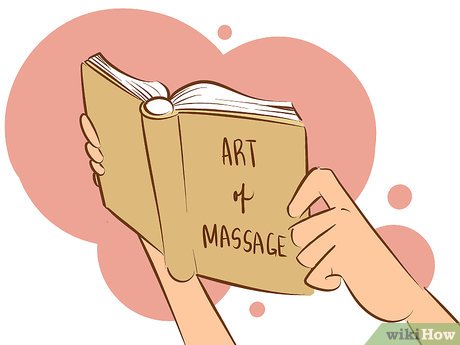
Becoming a professional massage therapist is a fulfilling journey that allows you to impact others’ well-being positively. By pursuing the appropriate education, gaining licensure, and focusing on building a successful practice, you can thrive in this rewarding field.
Understanding the intricacies of client interactions, developing effective marketing strategies, and committing to lifelong learning are key components of long-term success. As you explore how to become a professional massage therapist, remember that dedication and passion for the craft can lead to a thriving career in helping others achieve their wellness goals.
